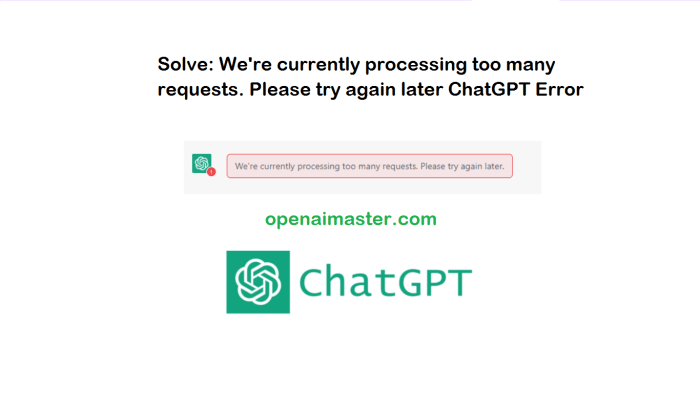Introducing the Compound Interest Worksheet and Answers, an indispensable tool for navigating the intricacies of financial planning. This comprehensive guide delves into the concept of compound interest, its formula, and its practical applications, empowering individuals to make informed decisions about their financial future.
Through a series of engaging examples and step-by-step calculations, this worksheet provides a clear understanding of how compound interest works, enabling users to optimize their savings, investments, and loans.
1. Introduction: Compound Interest Worksheet And Answers

Compound interest is a powerful financial concept that allows money to grow exponentially over time. It is calculated by adding interest not only to the principal amount but also to the accumulated interest from previous periods. This results in a snowball effect, where earnings generate further earnings, leading to substantial growth in the long run.
The formula for calculating compound interest is:
A = P(1 + r/n)^(nt)
where:
- A is the future value of the investment
- P is the principal amount
- r is the annual interest rate
- n is the number of times per year that the interest is compounded
- t is the number of years
2. Worksheet Design
A compound interest worksheet is a tool that helps you calculate the future value of an investment, taking into account the effects of compound interest. Here are the steps on how to create a worksheet:
- Create a table with the following columns: Principal, Interest Rate, Compounding Frequency, Number of Years, and Future Value.
- Input the values for the principal, interest rate, compounding frequency, and number of years.
- Use the compound interest formula to calculate the future value.
- Repeat steps 2-3 for different scenarios, such as varying the interest rate or compounding frequency.
Here is a sample worksheet with pre-filled values for demonstration purposes:
| Principal | Interest Rate | Compounding Frequency | Number of Years | Future Value |
|---|---|---|---|---|
| $1,000 | 5% | Annually | 10 | $1,628.89 |
3. Answer Key

The answer key for the worksheet is as follows:
- Principal:$1,000
- Interest Rate:5%
- Compounding Frequency:Annually
- Number of Years:10
- Future Value:$1,628.89
Step-by-Step Calculations:
- Convert the annual interest rate to a decimal: 5% = 0.05
- Calculate the compounding factor: (1 + 0.05/1)^(1*10) = 1.62889
- Multiply the principal by the compounding factor: $1,000
1.62889 = $1,628.89
4. Applications and Examples

Compound interest has numerous practical applications in personal finance and investing:
- Savings:Compound interest allows savings to grow exponentially over time, making it a powerful tool for building wealth.
- Investments:Compound interest is a key factor in the growth of investments, such as stocks, bonds, and mutual funds.
- Loans:Compound interest is also used to calculate the interest on loans, which can significantly increase the total cost of borrowing.
Here is an example of how to use the worksheet to solve a practical problem:
Suppose you want to invest $1,000 at an annual interest rate of 5%, compounded annually, for 10 years. What will be the future value of your investment?
Using the worksheet, you can input the following values:
- Principal: $1,000
- Interest Rate: 5%
- Compounding Frequency: Annually
- Number of Years: 10
The worksheet will calculate the future value of $1,628.89.
5. Advanced Topics
Beyond simple compound interest, there are more advanced concepts to consider:
- Continuous Compounding:In continuous compounding, the interest is compounded continuously rather than at discrete intervals. This results in a slightly higher future value than simple compound interest.
- Effective Interest Rate:The effective interest rate is the annual interest rate that would produce the same future value as simple compound interest, taking into account the compounding frequency. It is always higher than the nominal interest rate.
These advanced concepts are particularly relevant in situations where the compounding frequency is high, such as in daily or hourly compounding.
Quick FAQs
What is compound interest?
Compound interest is the interest earned on both the principal amount and the accumulated interest from previous periods.
How is compound interest calculated?
Compound interest is calculated using the formula A = P(1 + r/n)^(nt), where A is the future value, P is the principal amount, r is the annual interest rate, n is the number of times per year that the interest is compounded, and t is the number of years.
What are the advantages of using a compound interest worksheet?
A compound interest worksheet provides a structured approach to calculating compound interest, making it easier to compare different scenarios and make informed financial decisions.